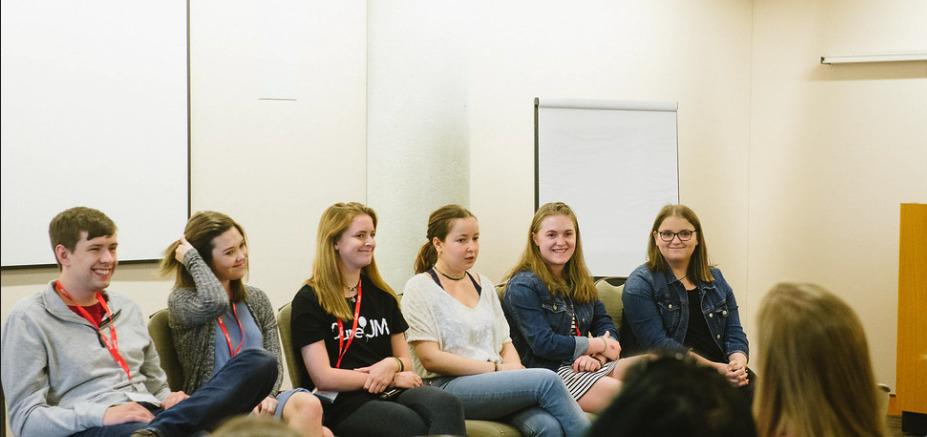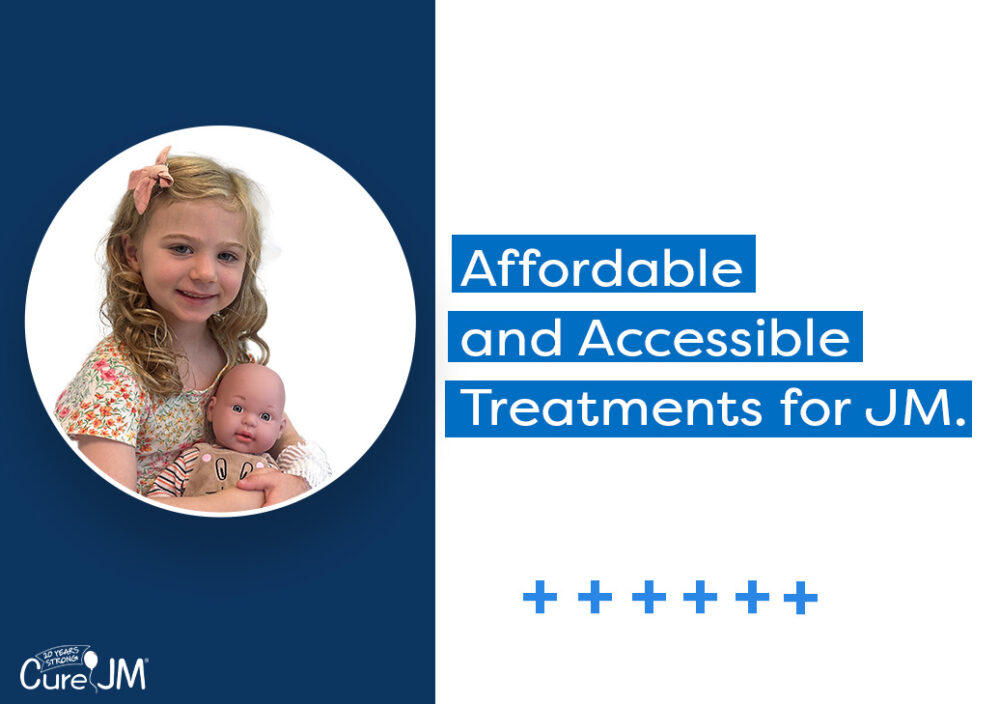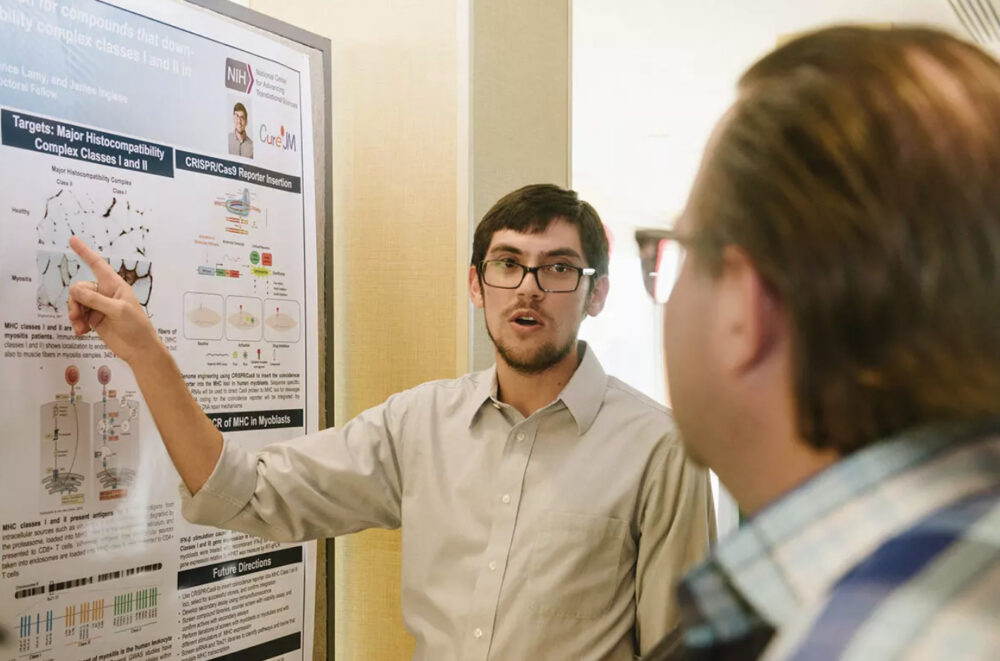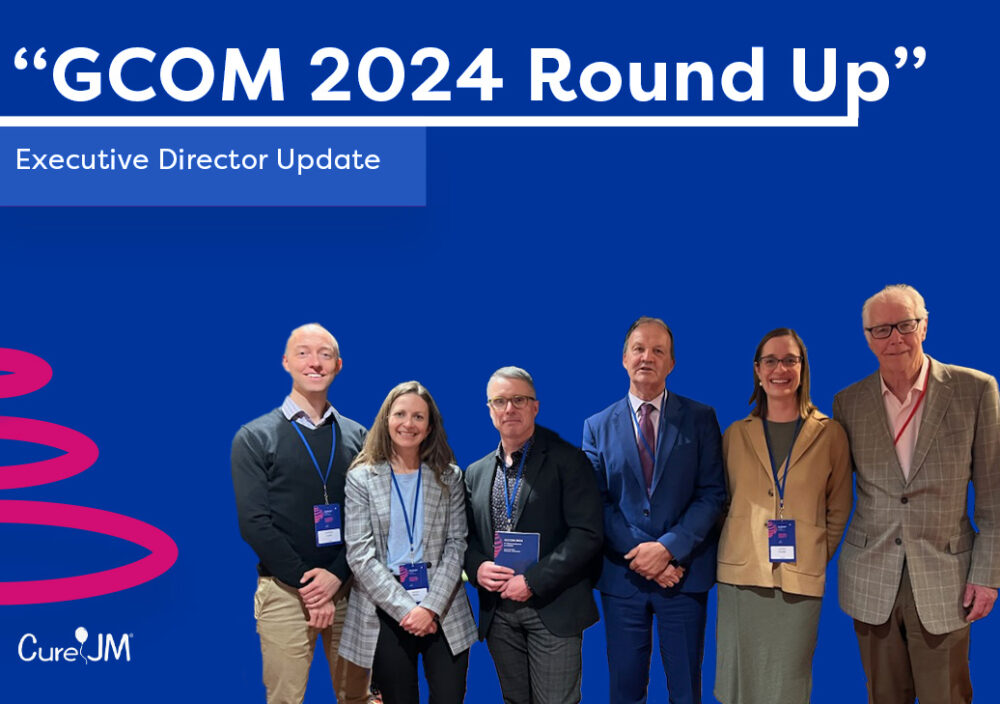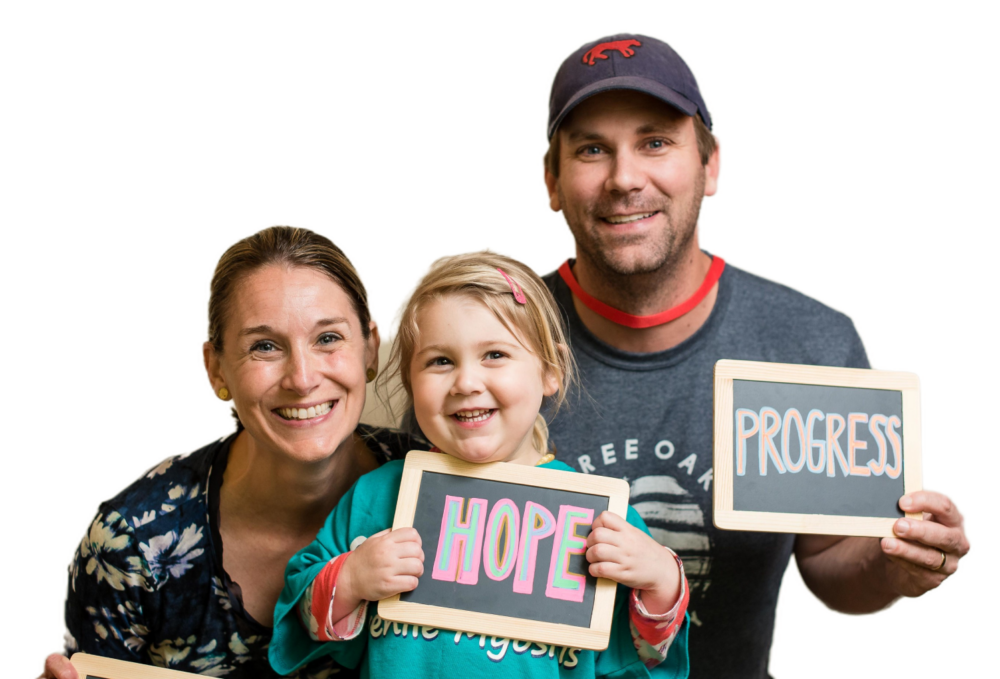Dra. Rebecca E. Sadun
La Dra. Sadun es reumatóloga pediátrica y de adultos en la Universidad de Duke, un Centro de Excelencia de Cure JM. Recientemente presentó en la Global Conference on Myositis (GCOM) una ponencia sobre la transición de la atención reumatológica pediátrica a la atención de adultos.
El Dr. Sadun señala varias estadísticas preocupantes relativas a la transición a la atención de adultos:
- Empeoran los resultados sanitarios de los pacientes con DMJ
- Aumento de las tasas de morbilidad (complicaciones de salud)
- Incumplimiento de los regímenes de medicación
- Altas tasas de depresión
- 50% tasa de abandono de la atención regular
El Dr. Sadun informa de que transición es un proceso gradual a largo plazo que desemboca en la transferencia real de la atención pediátrica a la atención de adultos. Un plan de transición puede durar hasta 10 años y debe empezar pronto, quizá en torno a los 12 años. El objetivo de la transición es traspasar gradualmente la responsabilidad de la atención de los padres al paciente adulto joven, de modo que todas las partes estén preparadas para el traspaso a la atención de adultos.
Sadun advierte de que los cambios podrían ser bruscos debido a las diferencias fundamentales en la cultura de la atención pediátrica, que tiende a ofrecer citas más largas e incluye la participación de dermatología y fisioterapia. En cambio, la atención a adultos se inclina por citas más breves y menos énfasis en la salud general del paciente.
Sadun señala que la atención pediátrica es triangular y en ella participan el paciente, los padres y el médico, pero la atención al adulto es binaria: sólo paciente y médico. Si los padres han asumido la mayor parte de la responsabilidad de la atención sanitaria en los últimos años de la adolescencia y más allá, es probable que la transferencia tenga menos éxito.
Entre sus sugerencias para una transición con éxito figuran las siguientes:
- Empieza pronto en la adolescencia.
- Utiliza herramientas de transición como "Got Transition" o "TRAQ".
- Crear un documento de transferencia que detalle el historial del paciente.
- Insista en una reunión real entre su reumatólogo pediátrico y el nuevo reumatólogo de adultos. Estas reuniones sólo se producen 10% de las veces y contribuyen a las tasas de abandono 50%).
- Recuerde que su "hijo" es ahora un adulto y tendrá que compartir su historial psicosocial con el nuevo médico. Esto podría incluir, por ejemplo, otros problemas de salud, preguntas sobre actividad sexual o consumo de drogas o alcohol. Respete su intimidad. Si ha hecho un buen trabajo de planificación de la transición, su hijo estará preparado para hacerse cargo de su propia atención sanitaria de forma responsable.
